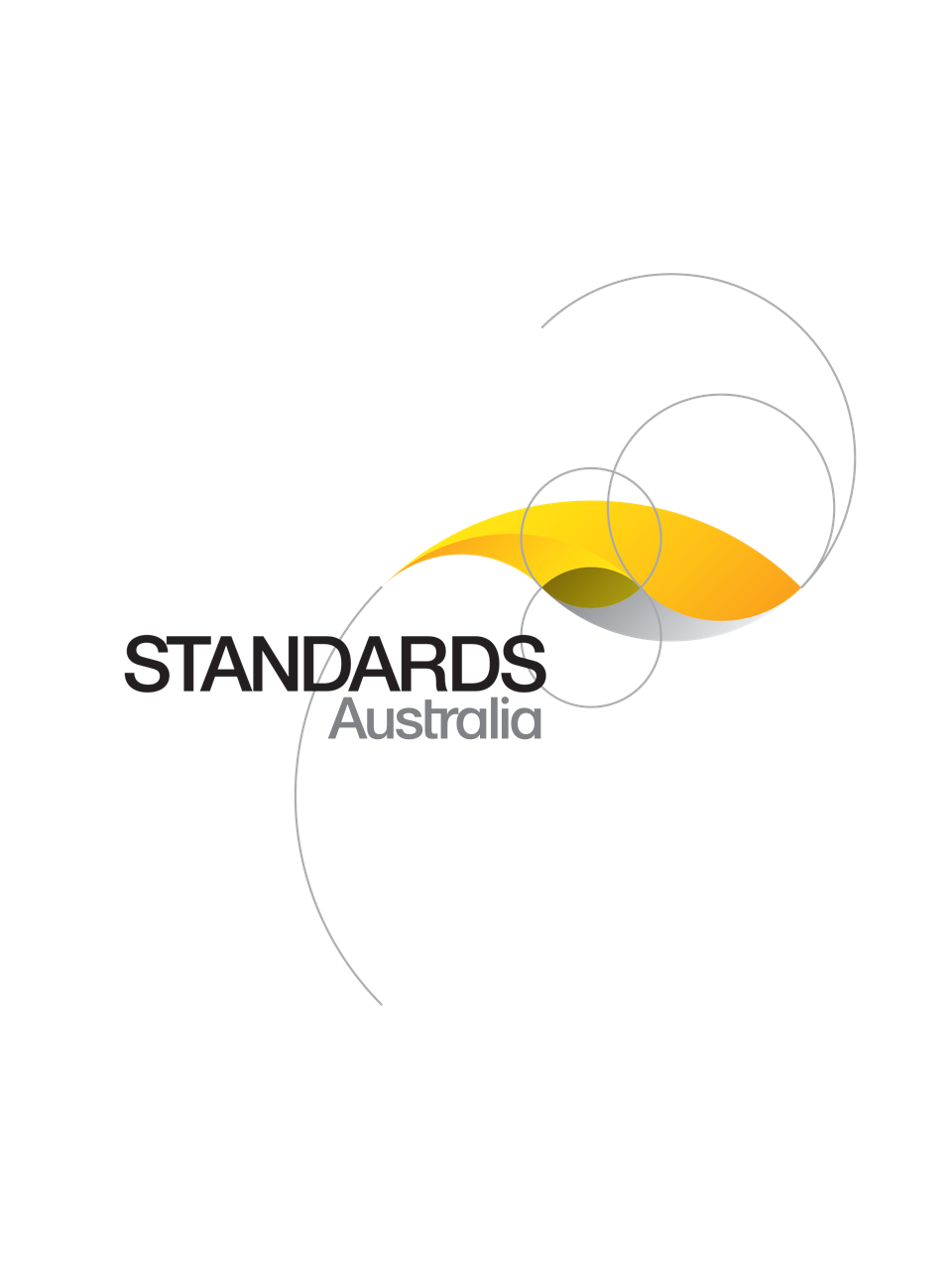Standard
Track updates
AS 5221.1:2021
[Current]Cranes — Design principles for loads and load combinations, Part 1: General (ISO 8686-1:2012, MOD)
Identically adopts ISO 8686-1:2012 with modifications for Australia, which establishes general methods for the calculating loads and principles to be used in the selection of load combinations for proofs of competence in accordance with AS 5224 for the structural and mechanical components of cranes as defined in ISO 4306 1.
Published: 29/01/2021
Pages: 51
Table of contents
Cited references
Content history
Table of contents
Header
About this publication
Preface
Foreword
1 Scope
2 Normative references
3 Terms and definitions
4 Symbols
5 General
5.1 General principles
5.2 Methods of proof of competence calculations
5.3 Assessment of loads
5.4 Categories of loads
6 Loads and applicable factors
6.1 Regular loads
6.1.1 Hoisting and gravity effects acting on the mass of the crane
6.1.2 Inertial and gravity effects acting vertically on the gross load
6.1.2.1 Hoisting an unrestrained grounded load
6.1.2.1.1 General
6.1.2.1.2 Hoisting classes
6.1.2.1.3 Hoist drive classes
6.1.2.1.4 Minimum values for factor ϕ2
6.1.2.1.5 Alternative methods
6.1.2.2 Effects of sudden release of part of payload
6.1.3 Loads caused by travelling on an uneven surface
6.1.3.1 Cranes travelling on or off roadways
6.1.3.2 Cranes travelling on rails
6.1.4 Loads caused by acceleration of all crane drives including hoist drives
6.1.5 Loads induced by displacements
6.2 Occasional loads
6.2.1 Climatic effects
6.2.1.1 In-service wind
6.2.1.2 Snow and ice loads
6.2.1.3 Loads due to temperature variation
6.2.2 Loads caused by skewing
6.3 Exceptional loads
6.3.1 Out-of-service wind conditions
6.3.2 Test loads
6.3.3 Buffer forces
6.3.4 Tilting forces
6.3.5 Unintentional loss of payload
6.3.6 Loads caused by emergency cut-out
6.3.7 Loads caused by failure of mechanism or components
6.3.8 External excitation of the crane support
6.4 Miscellaneous loads
6.4.1 Loads due to erection, dismantling and transport
6.4.2 Loads on platforms and other means provided for access
7 Principles of choice of load combinations
7.1 Basic considerations
7.2 combinations during erection, dismantling and transport
7.3 Application of Table 3
7.3.1 General
7.3.2 Allowable stress method
7.3.3 Limit state method
7.3.4 Elastic displacements
7.3.5 Proofs of fatigue strength
7.3.6 High-risk applications
7.3.7 Masses of crane and crane parts
7.3.7.1 Favourable and unfavourable masses
7.3.7.2 Partial safety factors for the masses of the crane (limit state method)
7.3.7.3 Safety factors for the masses of the crane (allowable stress method)
7.3.8 Partial safety factors to be applied to loads caused by displacements
7.4 Partial safety factors for the proof of rigid body stability
Annex A
A.1 General
A.2 Allowable stress method
A.3 Limit state method
Annex B
Annex C
C.1 General
C.2 Elasto-kinetic model
C.2.1 Movement of wheel centre when passing over step or gap
C.2.2 Approximate unevenness functions for exciting elasto-kinetic model
C.2.3 Maximum vertical accelerations
C.2.3.1 Lower end of spring
C.2.3.2 Mass passing a step
C.2.3.3 Mass passing a gap
C.2.4 Factors ξS and ξG
C.2.5 Dynamic factor ϕ4
C.2.6 Comments
Annex D
D.1 Rigid body kinetic model
D.2 Symbols
D.3 Forces
D.3.1 Drive forces and external forces
D.3.2 Frictional losses at a wheel
D.4 Drive accelerations
D.5 Loads and load effects
D.6 Accelerations
D.7 Design load effects in mechanical components
D.8 Design load effects in the structural components
Annex E
E.1 Model of crane
E.2 Relationship between tangential forces and displacements
E.3 Loads due to skewing
E.3.1 Distance between instantaneous slide pole and guide means, h
E.3.2 Guide force, Fy
E.4 Tangential forces, Fx and Fy
Annex F
Bibliography
Appendix ZZ
ZZ.1 Scope
ZZ.2 Variations
Cited references in this standard
One-time Purchase
Access via web browser on any device
One-time purchase
Single publication
Offline access via PDF^
$213.50 AUD
Inclusive of GSTFormat *
Web Reader
Licenses *
1 License (for yourself - not shareable)
Total$213.50 AUD
IMPORTANT
